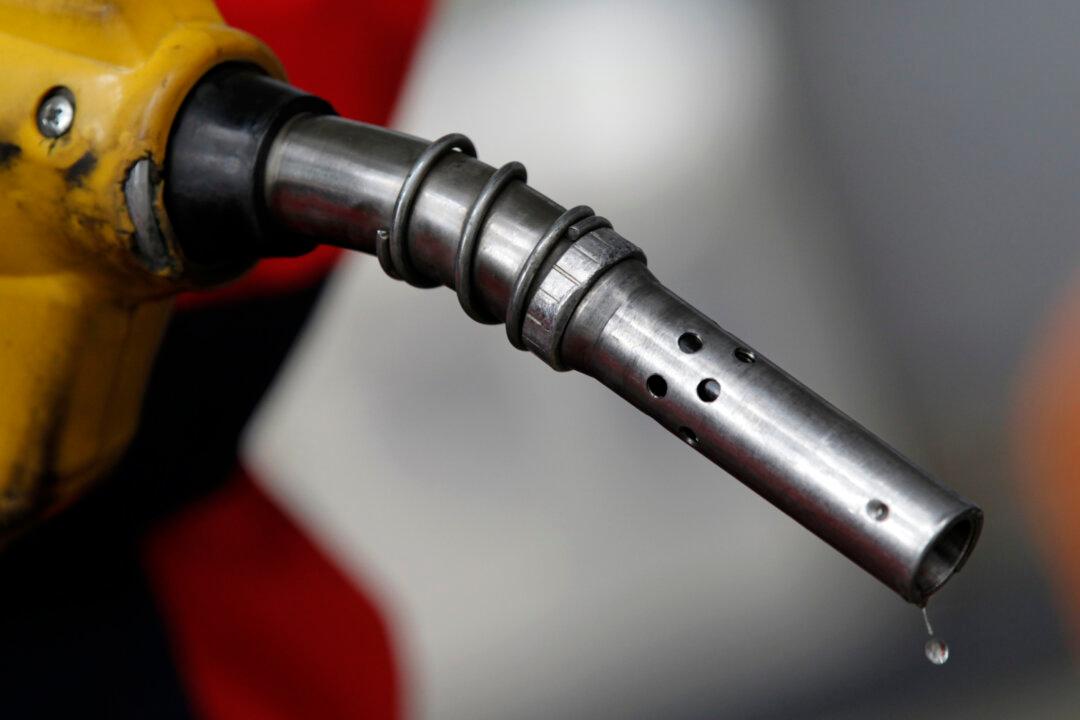NEW YORK—Oil prices dropped more than $1 a barrel in choppy trading on Oct. 30 on signs of rising supply and concern that global economic growth and fuel demand will fall victim to a deepening of the U.S.-China trade war.
Brent crude (LCOc1) futures dropped $1.76 to $75.58 a barrel, a 2.3 percent decline, by 1:15 p.m. EDT. U.S. West Texas Intermediate (WTI) crude (CLc1) futures fell $1.16 to $65.88 a barrel, down 1.7 percent.





